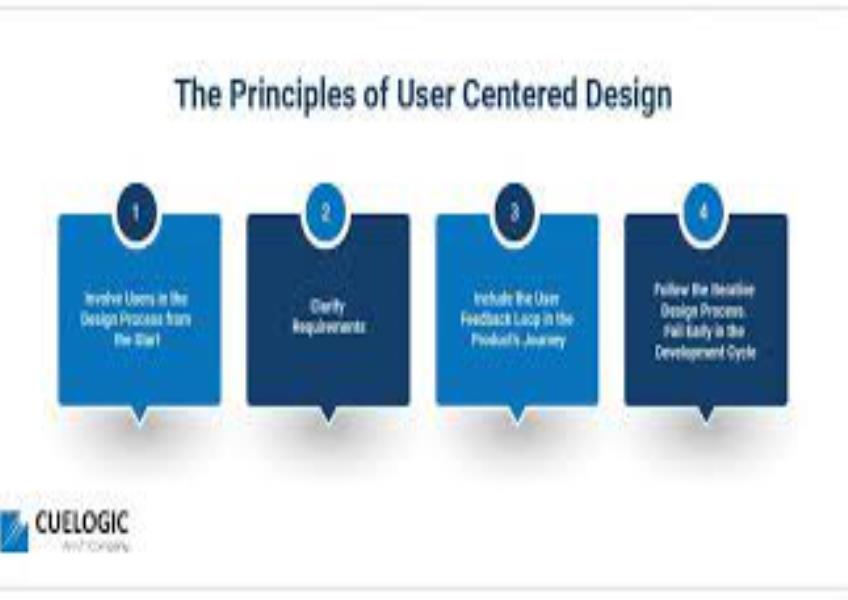Get the latest updates From BL Soni College Bhilwara

What are some key principles of good user-centered design in graphic design?
User-centered design (UCD) is a design philosophy that prioritizes the needs, preferences, and behaviors of users throughout the design process. In graphic design, applying UCD principles can lead to more effective and user-friendly designs. Here are some key principles of good user-centered design in graphic design: User Research: Conduct user research to understand the target audience, their goals, preferences, and pain points. Create user personas to represent different user groups and their characteristics. Empathy: Develop empathy for users by putting yourself in their shoes. Understand their perspectives and challenges. Usability Testing: Regularly test your designs with real users to gather feedback and identify usability issues. Iterate and refine your designs based on user testing results. Clear Communication: Ensure that your design effectively communicates the intended message to the audience. Use clear and concise language, avoiding jargon or ambiguity. Hierarchy and Information Architecture: Organize content in a logical and hierarchical manner, making it easy for users to find what they need. Use headings, subheadings, and visual cues to guide users through the content. Visual Hierarchy: Use design elements such as typography, color, and layout to establish a clear visual hierarchy. Highlight important information and calls to action. Ensure that the most critical elements are readily noticeable. Consistency: Maintain consistency in design elements, including colors, fonts, buttons, and navigation across all materials and platforms. Consistency creates a familiar and user-friendly experience. Accessibility: Design with accessibility in mind to ensure that all users, including those with disabilities, can access and use your content. Follow accessibility guidelines (e.g., WCAG) to make your designs inclusive. Feedback and Affordances: Provide clear feedback to users when they interact with elements (e.g., buttons change color when clicked). Ensure that interactive elements have clear affordances, indicating their functionality. Simplicity: Keep designs simple and avoid unnecessary complexity or clutter. Simplicity enhances usability and user satisfaction. Remove extraneous elements that don't contribute to the user's goals. User Flow and Navigation: Design intuitive user flows and navigation systems that guide users through the content or tasks. Use clear labels and logical grouping of content. Mobile Responsiveness: Ensure that your designs are responsive and adapt well to various screen sizes and devices, including smartphones and tablets. Aesthetics and Emotional Appeal: While functionality is crucial, consider the emotional appeal of your design. Aesthetically pleasing designs can create a positive user experience. User Feedback and Collaboration: Seek input and feedback from users and stakeholders throughout the design process. Collaborate with cross-functional teams to incorporate different perspectives and expertise. Prototyping: Create prototypes to test and validate design concepts before committing to final designs. Prototypes can help uncover usability issues early in the process. Continuous Improvement: User-centered design is an ongoing process. Continuously gather user feedback and make improvements based on user needs and evolving requirements. User Education: If necessary, provide user education or onboarding to help users understand how to use your design effectively. User-centered design is about putting the user's needs at the forefront of the design process and continuously refining designs based on user feedback and changing requirements. By following these principles, graphic designers can create designs that are not only visually appealing but also highly effective and user-friendly.


